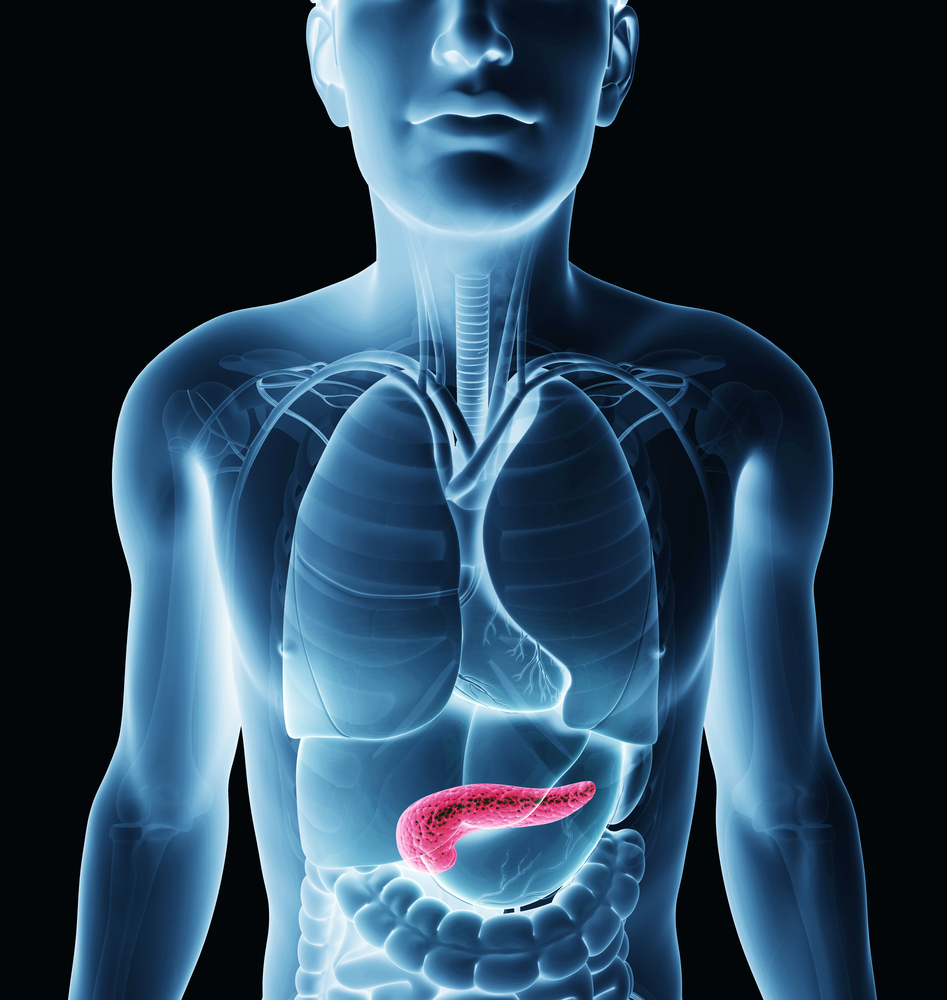Bionic Pancreas May Be Useful in Managing Blood Sugar Levels in Adults with CFRD, Small Study Says
Written by |

The bionic pancreas (BP), an automated system that controls blood sugar levels, may be useful in managing cystic fibrosis-related diabetes, a small study says.
The study, “Automated glycemic control with the bionic pancreas in cystic fibrosis-related diabetes: A pilot study,” was published in the Journal of Cystic Fibrosis.
Cystic fibrosis-related diabetes, or CFRD, is the most common non-pulmonary manifestation of cystic fibrosis (CF). Statistics indicate that up to 50% of adults and 20% of adolescents diagnosed with CF will develop CFRD at some point in the course of the disease.
As with other types of diabetes, the current standard of care for CFRD consists of administering insulin, a hormone produced by the pancreas that helps control blood sugar (glucose) levels. Insulin is usually given several times each day through under-the-skin injections.
“We have developed and studied an automated glucose control system — the bionic pancreas (BP) — that was primarily designed with the goal of improving glycemic control in those with type 1 diabetes,” the investigators said.
The device employs continuous glucose monitoring (CGM) coupled with mathematical algorithms to determine when and how much insulin needs to be administered through its automatic pump to normalize blood sugar levels, when used in its insulin-only configuration (IOBP).
However, the BP device also can be used in a bihormonal configuration (BHBP). That allows the automatic pump to administer not only insulin, but also glucagon, a hormone that also helps control blood sugar levels and counterbalances the actions of insulin.
Researchers now reported the findings of a small pilot study in which they compared the effectiveness of both configurations of the BP device to standard of care at normalizing blood sugar levels in adults with CFRD.
The study enrolled three women with CFRD who were consecutively assigned to IOBP, BHBP, or usual care. The treatment period for all three interventions lasted one week, without a washout period in between.
Results showed that both BP configurations enabled participants to control their blood sugar levels, keeping their mean glucose levels under 150 mg/dl, and near the upper normal range of 100 mg/dl (mean of 139 mg/dl for BHBP. and 149 mg/dl for IOBP). Usual care (mean of 159 mg/dl) did not.
All interventions kept the percentage of time participants spent with hypoglycemia (glucose levels lower than 54 mg/dl) to a minimum — 0.2% for BHBP, 0.5% for IOBP, and 0.3% for usual care.
The participants all reported treatment satisfaction in daily surveys, and said the BP device helped them manage their diabetes and have greater peace of mind.
“Better glycemic control could decrease morbidity and mortality in this patient population. Additionally, burdensome tasks of diabetes, including frequent insulin injections, multiple fingerstick glucose checks, and close monitoring of carbohydrate intake, are all minimized with the BP relative to other approaches to diabetes management,” the researchers said.
“Based on these preliminary results, larger-scale studies are justified to investigate the safety and efficacy of the BP in people with CFRD,” they added.






